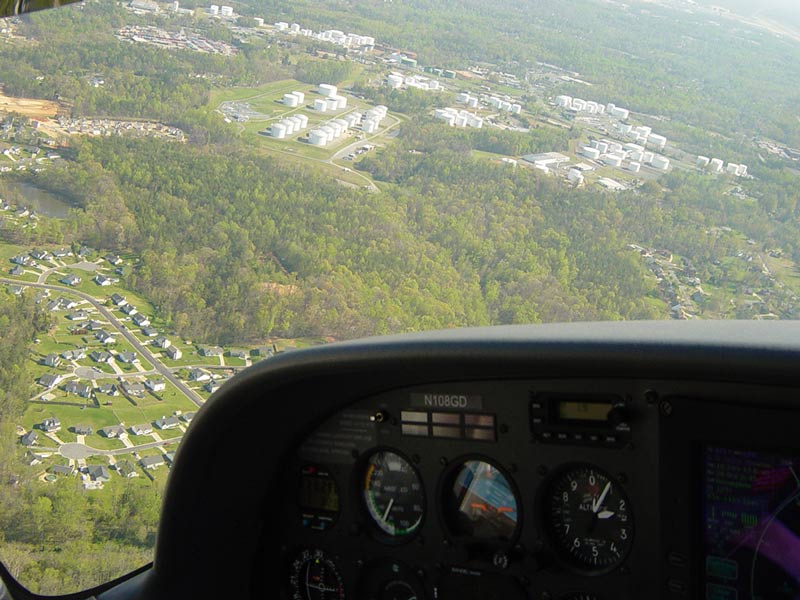
ASN Wikibase Occurrence # 967
This information is added by users of ASN. Neither ASN nor the Flight Safety Foundation are responsible for the completeness or correctness of this information.
If you feel this information is incomplete or incorrect, you can submit corrected information.
| Date: | Wednesday 21 November 2007 |
| Time: | 01:45 |
| Type: |  Cirrus SR20 |
| Owner/operator: | Private |
| Registration: | N108GD |
| MSN: | 1290 |
| Year of manufacture: | 2003 |
| Total airframe hrs: | 1030 hours |
| Engine model: | CONT MOTOR IO-360-ES |
| Fatalities: | Fatalities: 1 / Occupants: 3 |
| Aircraft damage: | Substantial |
| Category: | Accident |
| Location: | Stewart State Forest, 2 miles from Stewart Int. Airport, (SWF), Newbur -
 United States of America United States of America
|
| Phase: | Approach |
| Nature: | Private |
| Departure airport: | Lynchburg, VA (LYH) |
| Newburgh, NY (SWF) | |
| Investigating agency: | NTSB |
| Confidence Rating: |
The pilot was attempting his second instrument landing system approach in night instrument meteorological conditions, below the published approach weather minimums (which were not a regulatory limit for the flight) when the accident happened. After the first approach resulted in a missed approach, the pilot reported that he established the airplane on the localizer course and that the airplane was then cleared to land, which the pilot acknowledged. No further transmissions were received from the accident airplane, which impacted trees and uneven terrain about 2 miles from the approach end of the runway. The pilot did not survive, but both passengers did. The passengers stated that the airplane was flying in foggy conditions; however, the flight seemed normal until the airplane impacted trees. Examination of the airplane did not reveal any preimpact malfunctions. The pilot woke up about 19 hours prior to the accident and the investigation revealed that he did not sleep between the start of his day and the accident. The pilot was not issued a minimum safe altitude warning (MSAW) by air traffic control because the radar sensor being used to track the airplane did not provide sufficient coverage to trigger an MSAW alarm. A different system was available to the controller that if selected would have sounded an MSAW.
Probable Cause: The pilot's failure to maintain the proper glidepath during an instrument-landing-system approach in fog. Contributing to the accident were pilot fatigue and air traffic control's failure to issue a minimum safe altitude warning.
Accident investigation:
 |
|
Sources:
NTSB: https://www.ntsb.gov/_layouts/ntsb.aviation/brief.aspx?ev_id=20071221X01984&key=1
Location
Images:

Revision history:
| Date/time | Contributor | Updates |
|---|---|---|
| 24-Jan-2008 21:15 | JINX | Added |
| 04-Aug-2009 23:31 | Anon. | Updated |
| 21-Dec-2016 19:13 | ASN Update Bot | Updated [Time, Damage, Category, Investigating agency] |
| 21-Dec-2016 19:14 | ASN Update Bot | Updated [Time, Damage, Category, Investigating agency] |
| 21-Dec-2016 19:16 | ASN Update Bot | Updated [Time, Damage, Category, Investigating agency] |
| 21-Dec-2016 19:20 | ASN Update Bot | Updated [Time, Damage, Category, Investigating agency] |
| 04-Dec-2017 19:01 | ASN Update Bot | Updated [Other fatalities, Nature, Departure airport, Destination airport, Source, Narrative] |
Corrections or additions? ... Edit this accident description
The Aviation Safety Network is an exclusive service provided by:


 ©2024 Flight Safety Foundation
©2024 Flight Safety Foundation